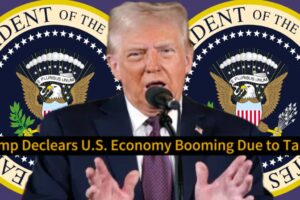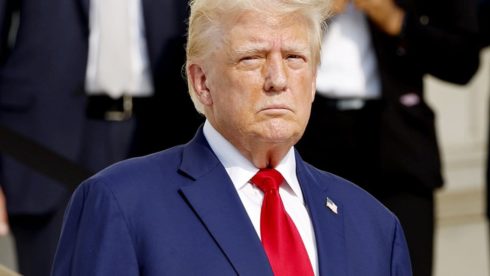Polymarket has given Donald Trump a 66.8% chance of winning the November 2024 presidential election. This significant percentage reflects an upward trend in Donald Trump’s potential for a second term, driven by users who actively speculate on election outcomes. Unlike traditional polls, Polymarket’s figures come from people financially backing predictions, creating what many see as a more dynamic reflection of potential results.
Polymarket allows users to trade shares on the likelihood of various outcomes, where the current price reflects the crowd’s confidence in an event’s occurrence. This approach has attracted attention as it diverges from conventional polling, with some political analysts suggesting it may offer a unique lens on public opinion. As Donald Trump’s odds on Polymarket rise, interest in prediction markets’ role in political forecasting continues to grow.
How Polymarket Prediction Markets Operate and Their Growing Influence
Prediction markets like Polymarket let individuals trade on the probability of future events, such as election outcomes, by buying and selling shares. In Polymarket’s platform, users “bet” on Donald Trump or another candidate by purchasing shares in their potential victory. These shares then fluctuate in price based on demand, ultimately yielding a percentage forecast that represents the likelihood of the event according to investors’ views.
Unlike traditional polls that rely on survey data from selected demographics, prediction markets draw insights from a broad array of participants with financial stakes. This unique mechanism can reveal shifts in sentiment more responsively, especially when political events rapidly evolve. However, prediction markets are not foolproof; the outcomes they project may still be swayed by speculative behaviors that don’t always reflect actual voter behavior.
The Rise in Donald Trump’s Polymarket Odds Reflects Public Sentiment
The increase in Donald Trump’s predicted chances on Polymarket could signal an intensifying public interest in his campaign. Amid concerns over inflation, economic pressures, and perceived policy challenges, many voters appear to be gravitating back toward Donald Trump’s political approach. This sentiment is captured in Polymarket’s odds, which show stronger support for Donald Trump than recent polling data.
Some political observers argue that Donald Trump’s campaign rhetoric around national security and economic issues resonates with a base that feels underserved by current policies. This has led to a steady uptick in Polymarket’s market share for Donald Trump, possibly indicating that his platform is appealing to undecided voters. The high percentage may underscore a broader public willingness to embrace a Donald Trump comeback, signaling possible momentum as election day approaches.
Divergence Between Polymarket Odds and Conventional Polling
Polymarket’s projection contrasts with traditional polling data, which shows a more cautious outlook on Donald Trump’s chances. Prediction markets are often more responsive to immediate changes and can capture short-term sentiment shifts; however, they can also be skewed by speculation. By comparison, polling methods are data-driven, relying on demographic sampling to predict voter behavior, which some argue provides a more stable view.
The disparity between Polymarket and poll results has ignited a debate about the reliability of each approach. While prediction markets may better reflect real-time public sentiment, they also face criticism for being driven by investors rather than representative samples. Some analysts view them as complementary to polls, while others warn against over-reliance on market-based predictions for long-term trends.
Potential Implications if Donald Trump’s Polymarket Prediction Holds True
If Donald Trump’s Polymarket odds align with actual election results, the United States could see a significant policy shift. Supporters of Donald Trump anticipate a revival of his “America First” strategy, affecting everything from international trade to national security. This potential victory would also have substantial implications for the U.S. economy, given Trump’s historical focus on deregulation and conservative fiscal policies.
Conversely, Donald Trump’s opponents view the Polymarket prediction with concern, fearing his leadership style could deepen existing political divides. The prediction market’s high odds may even impact undecided voters, as such forecasts can create a sense of inevitability that influences public perception. As election day nears, the Polymarket forecast could serve as a barometer for Donald Trump’s broader appeal among the voting public.
The Growing Role of Prediction Markets in Political Forecasting
Polymarket’s forecast has sparked discussions on the evolving role of prediction markets in election analysis. Unlike traditional polling, prediction markets offer real-time data and allow for continuous updates based on shifts in public sentiment. As prediction markets gain credibility, they are increasingly seen as an alternative gauge for understanding electoral trends, creating new possibilities in political forecasting.
While prediction markets are not yet mainstream, their accuracy in previous elections has garnered attention from analysts and media alike. As more people turn to these platforms, they may reshape how campaigns assess public opinion, ultimately influencing strategy and voter outreach. With platforms like Polymarket gaining traction, prediction markets could become an integral component of election coverage in the future.














